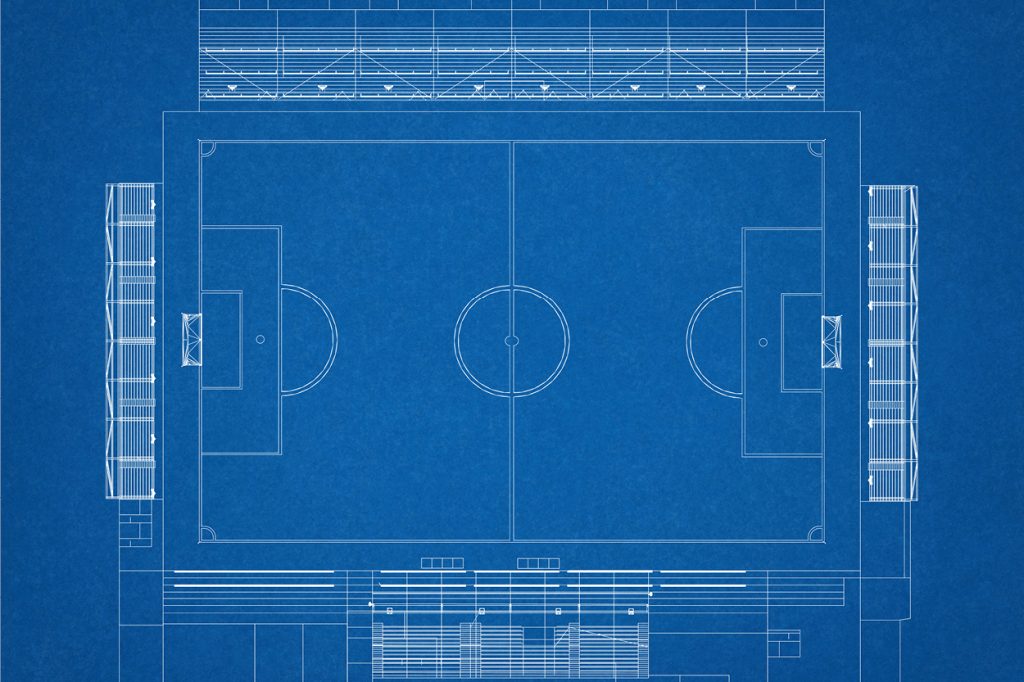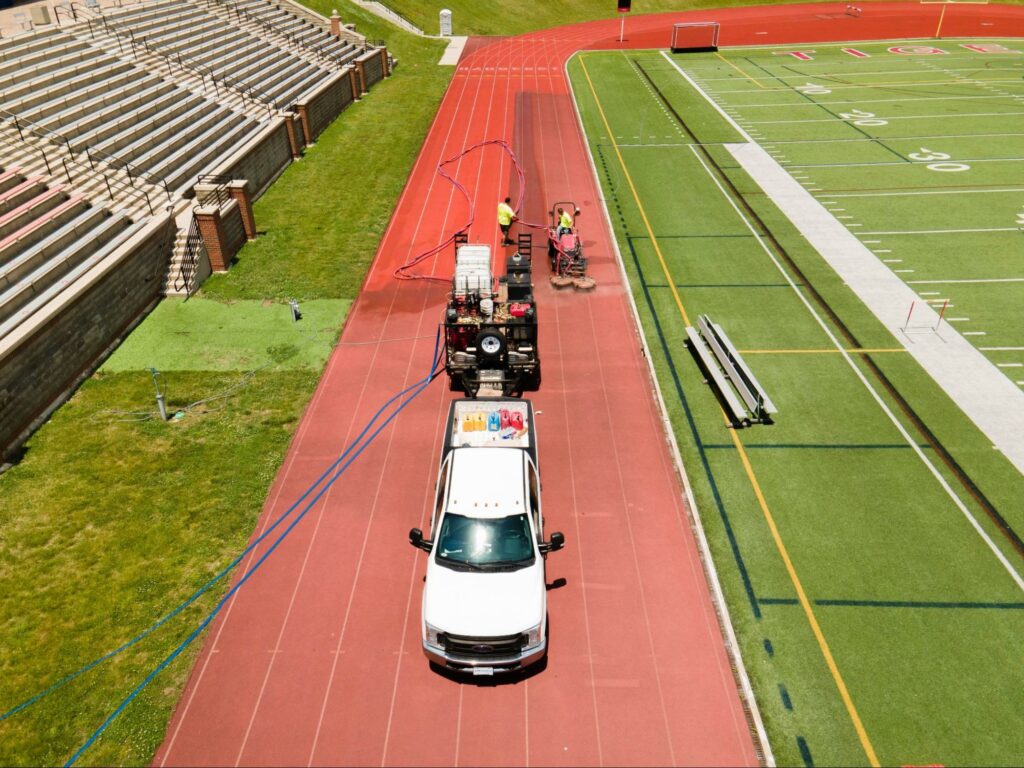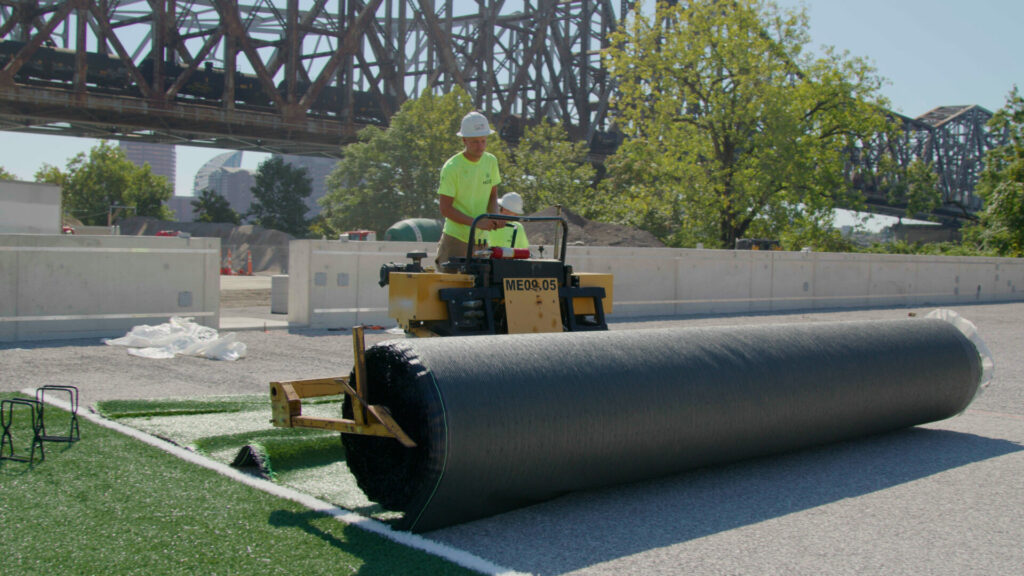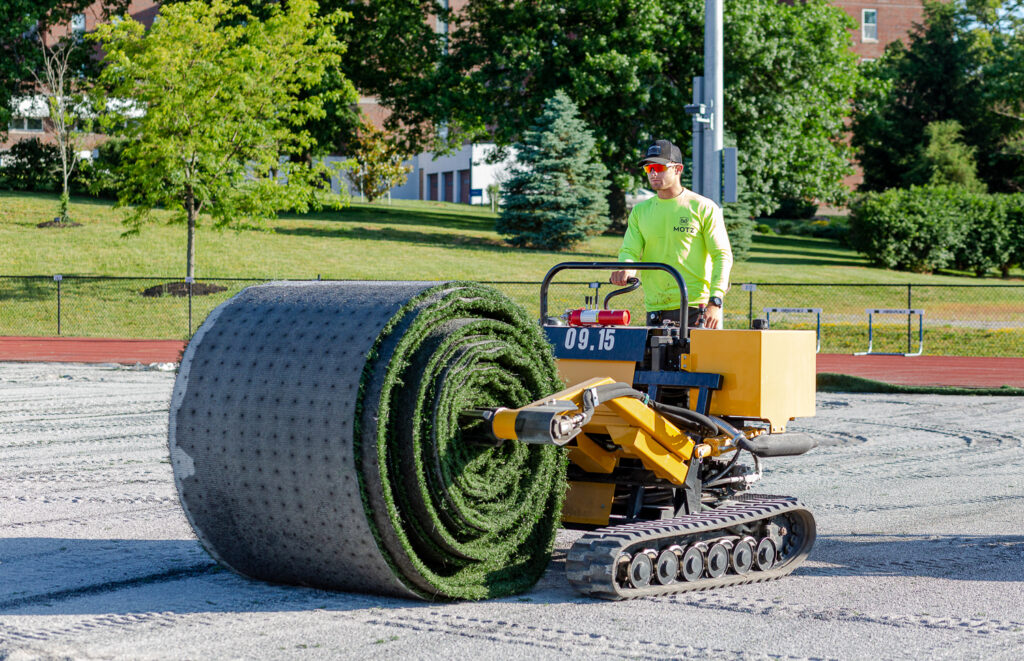
Sports Field Blog
Subscribe To Email Updates
Subscribe to our weekly newsletter and we’ll send updates straight to your inbox
The 5 Biggest Mistakes an Estimator Notices When Reviewing Design Plans

Designing synthetic turf athletic fields can come with challenges, but also great rewards. While we all know that there is no such thing as a perfect set of design plans, we also all hope for a project to move through the design and build phases as seamlessly as possible. Unless you have X-ray vision or psychic abilities, some assumptions will need to be made and gaps will need to be filled to finalize the design plans and specifications. It is the job of a designer to put on his or her detective hat and dig through historical blueprints, surveying and record drawings of the construction site to produce clues for the current design plans.
With potential uncertainty in the design phase, this uncertainty can become even greater in the estimating phase once the project has been sent out to bid. Ambiguity can cause excess dialog between the designer and estimator as well as multiple versions of design plans and complex, last minute addendums. Not only can it cause complications throughout the bid-phase of a project, but it can also add headaches and unbudgeted updates at the field owner’s expense.
In order to make life easier on designers and smooth out the bid submittal phase of a project, we interviewed an estimator with over 13 years of experience in the industry to see common points of frustration, uncertainty, and inefficiency experienced. Here are the top five mistakes an estimator notices when reviewing design plans.
1. Tight Bid Windows
A tight bid window does not leave an estimator with much time to process the project details. They rely on past project budgets and use those to create the new project proposal. At any given time, depending on the size of the company and their busy season, an estimator could be working on 8+ bids at once. The minimum of a 2-3 week window is preferred by most estimating departments to thoroughly review the design drawings and specifications as well as secure accurate bids from subcontractors and suppliers.
2. The Specifications Tell a Different Story Than The Drawings
A simple double check to ensure that the drawings and the specifications reflect the same details will save everyone time and cut down on the number questions a designer will need to answer throughout the bid process.
3. Plans That Include Existing Grades and Finish Grades But Are Missing Geotechnical Reports and Test Borings.
In order to properly relay to a field owner the amount of ground and basework that needs to be done, an estimator should be equipped with the most complete picture of what is happening below the surface level. Without the geotechnical report and enough test borings there may be surprise dirt work needing to be done with the cut and fill scenarios that the customer was not expecting.
4. Last Minute Final Addendum Releases Without Accepting Further Questions
Complex project addendums that are released with only a few days allotted for a response and are no longer accepting questions heighten the amount of risk associated with the project for all parties involved. First, estimators need to comb through the addendum quickly, leaving room for missed details as they may still have to reach out to subcontractors and modify their existing bid submittal. Second, field owners may have increased costs due to missed project details. Finally, these issues can leave a customer with a tainted perception of the construction process due to an overall displeasure with the finalized project build time and additional costs.
5. Copy and Pasting Previous Spec Details
An internal review system with checks and balances will help to smooth over the entire design to build process. A review process will help, as the amount of time adjusting design specs and answering questions will be shortened. Each company involved will also have the appropriate amount of time to gather plans and thoroughly address customer concerns. This should create a win-win-win situation.
By limiting the occurrence of these mistakes in the design phase of a project, the entire process will improve and all of the groups involved will appreciate the attention to detail, relationships built and the end result.
Contact us here if you have any further questions or an upcoming project you are working on.
Similar Blogs



